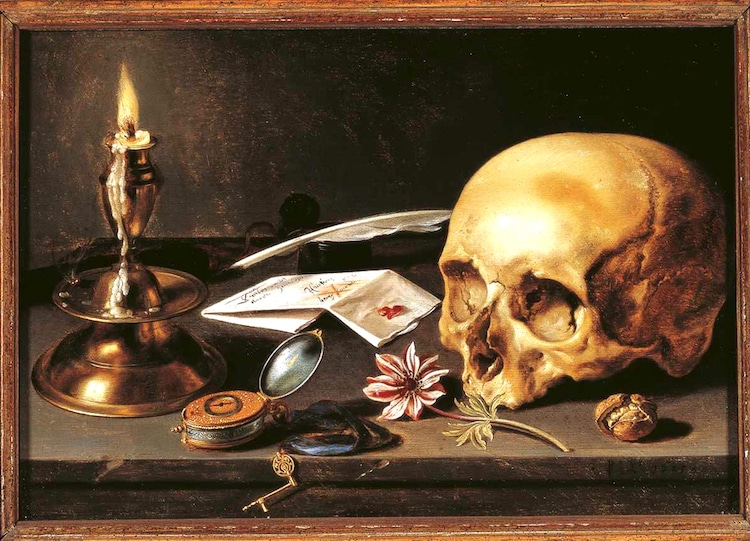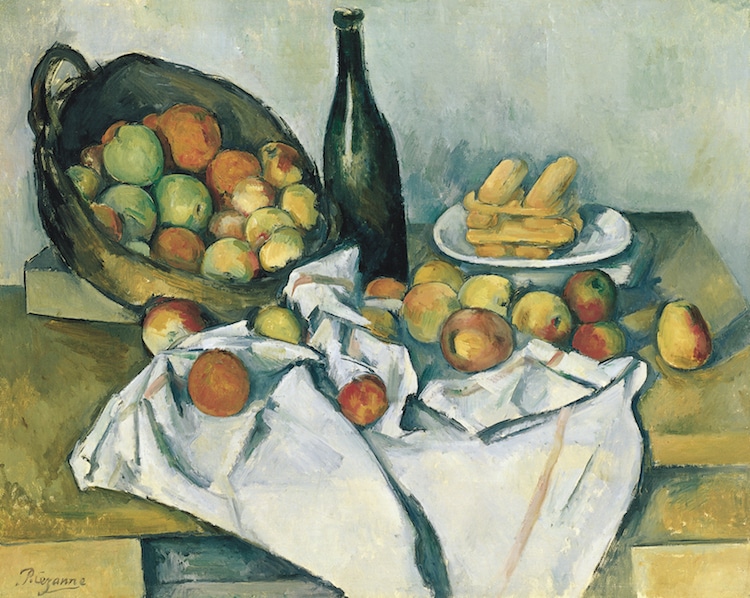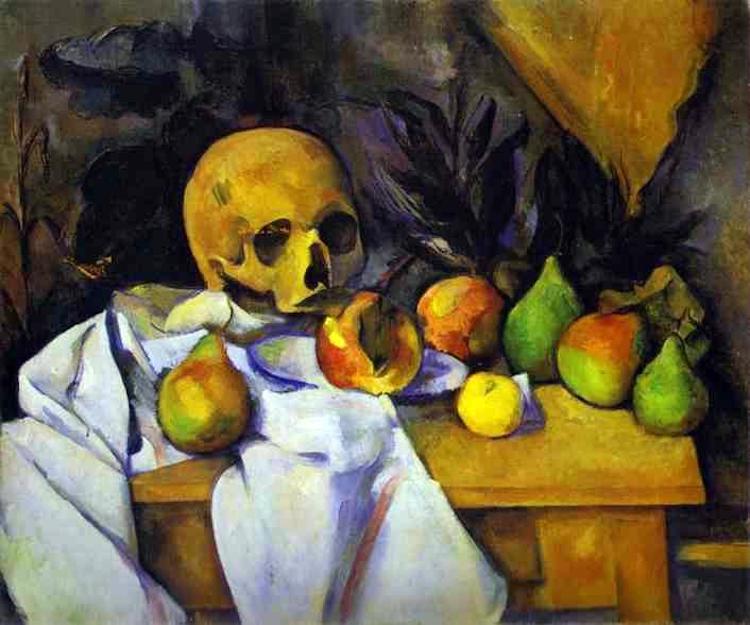Still life (nature morte) is a pictorial form of art that depicts inanimate objects. Normally set on a table and depicting things like flowers, food or household items. Still life emerged to allow artists to express things that were taboo at the time like class, mortality and sexuality, they did this by adding subtle things like gold, expensive food and skulls. Below are some examples.
A good still life artist that I found is called Pieter Claesz, who was a Dutch golden age painter of still lifes in the early to mid 1600’s. He is renowned for his use of lighting and attention to detail. He also often used household items that were more upper class for his time. He also featured lots of expensive and exotic foods like lobster, crab and grapes. In some of his work he also featured a skull which he used to serve as a reminder of mortality which was a bigger thought in those ages as the lifespan was significantly lower.




